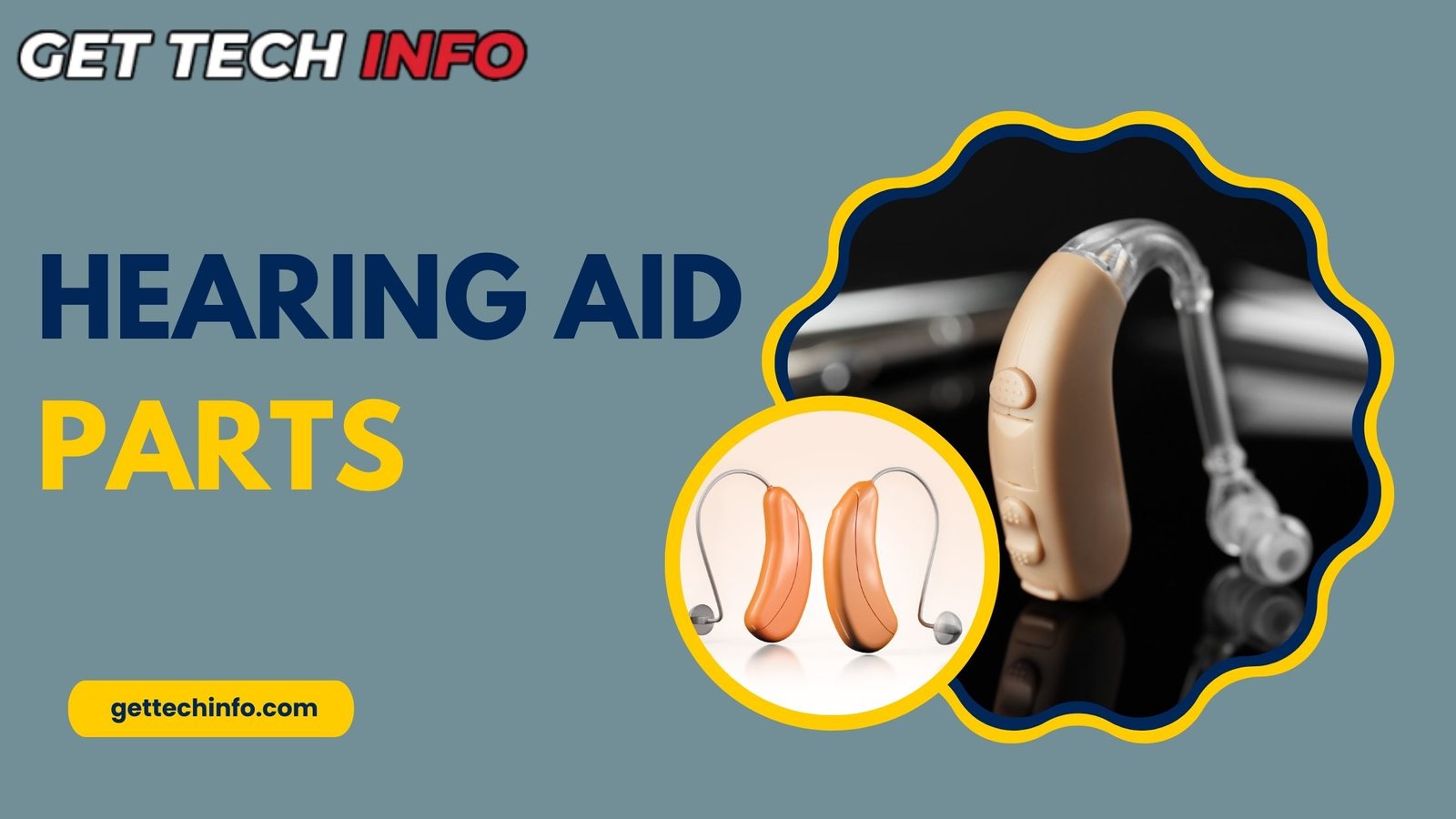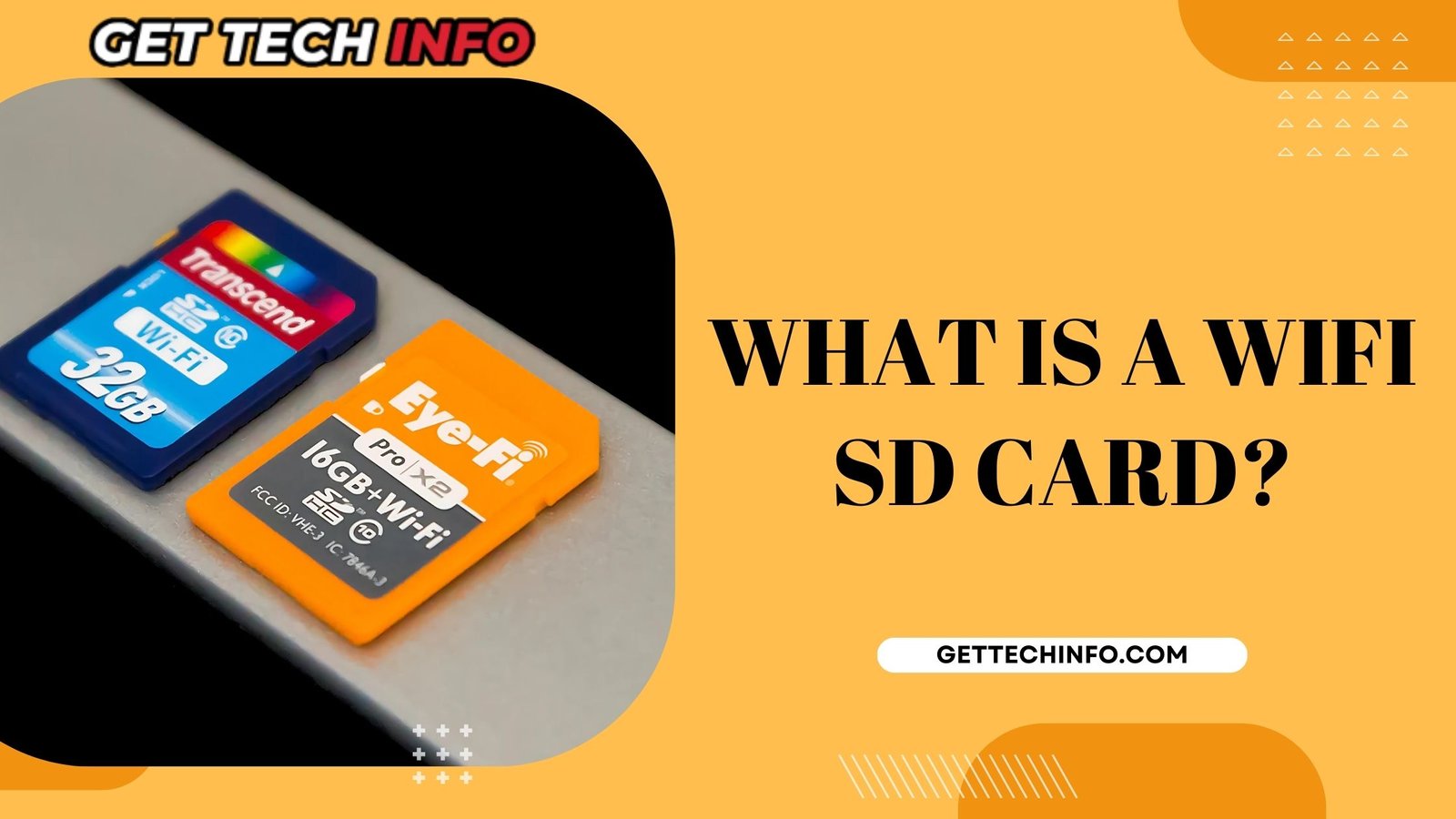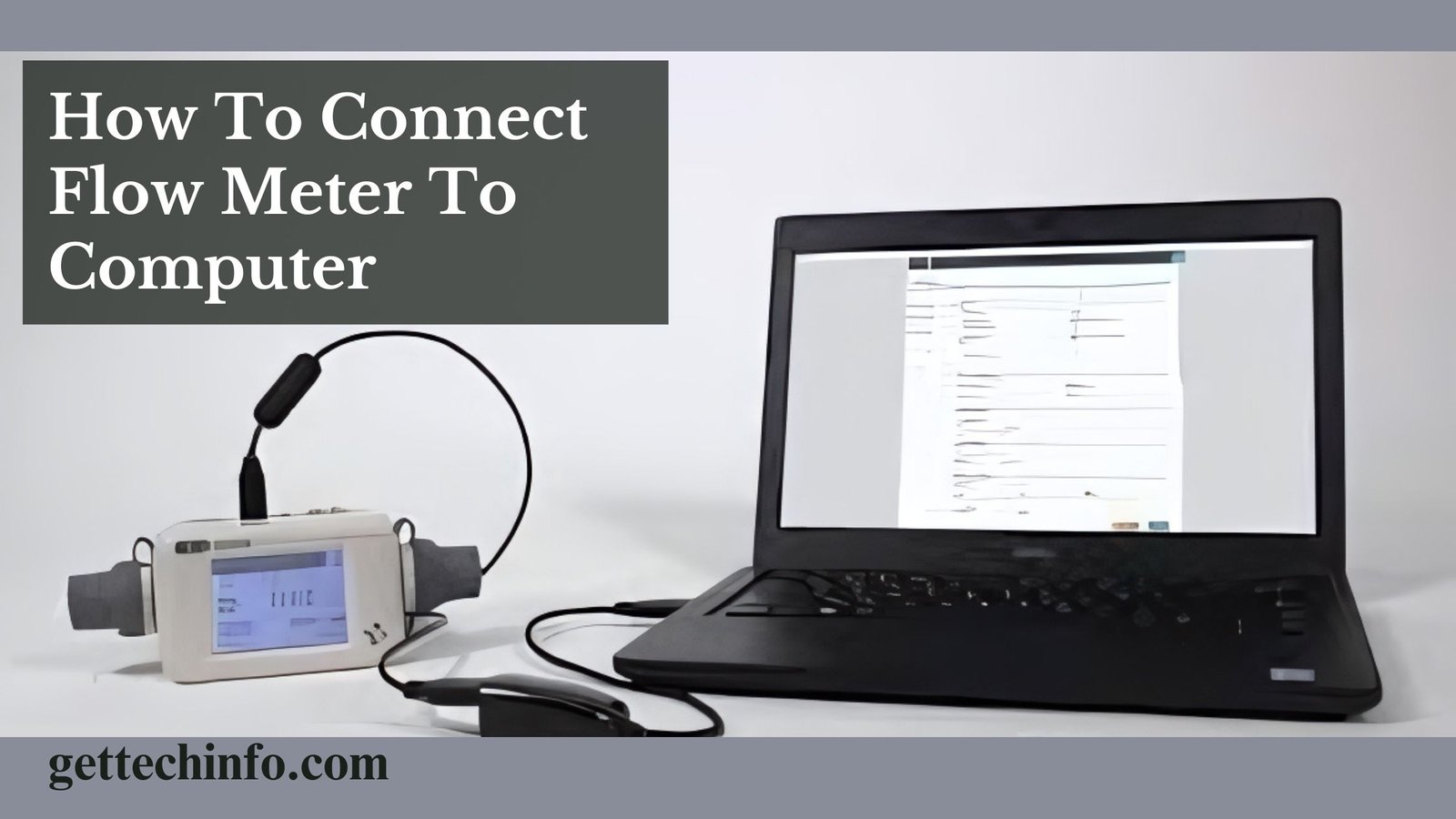Hearing aids are pretty cool devices that use some fascinating parts to boost and process sound. Getting to know the hearing aids parts is super important if you’re thinking about using one of these devices. When you understand what each component does, you can make smarter choices that really boost your hearing experience. Knowing how everything works can really help you pick a hearing aid that’s just right for you.
This information gets even more essential as we dive into the different kinds of hearing aids on the market today, emphasizing the specific hearing aid parts that set each style apart. Plus, familiarizing yourself with the individual hearing aid pieces can help you grasp their functions in a better way.
Different Types of Hearing Aids
When it comes to hearing devices, there are loads of styles and designs available, each aimed at helping people with different levels of hearing loss. Here are the main types:

- Behind the Ear (BTE): To begin with, these are super flexible and work well for various types of hearing loss, making them a hit among many users.
- In the Ear (ITE): Similarly, these are a bit more lowkey and are made to fit snugly in your outer ear, keeping things comfy.
- In the Canal (ITC) and Completely in the Canal (CIC): In addition, these styles are super discreet because they nestle deeper into your ear canal, so they’re not really noticeable.
- Receiver in Canal (RIC) and Receiver in the Ear (RITE): Moreover, these designs hit a sweet spot between size and sound, giving you natural audio quality while still being comfy to wear.
Ultimately, by checking out these options and the hearing aid parts they come with, you’ll be able to find the perfect match for your hearing needs.
General Parts of Hearing Aid Parts
No matter what kind you have, most hearing devices have some similar parts, each one helping to make sounds clearer and improve your hearing. Let’s break it down:

Key Parts
- Microphone: First and foremost, we have the microphone. It picks up sounds from around you, so you can hear chats and other things going on.
- Amplifier: Next, we have the amplifier. It boosts those sound signals, making them clearer and easier to catch.
- Receiver: Then, there’s the receiver. It sends the enhanced sounds straight to your ear, helping you hear every single word.
- Battery: Additionally, there’s the battery. It fuels the whole device, with different options depending on the style; picking the right battery is key for top performance.
- Earmold or Dome: Furthermore, we have the earmold or dome. This custom-fit piece keeps the hearing aid comfortable and secure.
- Switches: Lastly, there are the control mechanisms. Buttons or dials let you tweak the volume, adjust settings, or turn the device on and off.
Getting to know these parts prepares you for diving into the unique pieces found in various types of hearing devices, starting with the Behind the Ear (BTE) style.
Specialized Parts of Different Types of Hearing Aids

A. Behind the Ear (BTE) Hearing Aids
BTE hearing aids are super versatile and can work for all kinds of hearing loss. Knowing the main parts of BTE aids really shows how they work:
- Case and Hook: This part holds the microphone, amplifier, and the hook keeps the device in place over your ear so it fits well.
- Earmold: This is a custom-molded piece that fits snugly inside your ear for comfort.
- Tubing: This connects the earmold to the case, making sure sound travels straight to your ear for clarity and comfort.
Since now you know the parts of BTE aids, we can easily move on to In the Ear (ITE) hearing devices. These are designed to be more discreet.
B. In the Ear (ITE) Hearing Aids
ITE aids are a cool answer for anyone wanting a less noticeable hearing device. Check out what makes them special:
- Single Shell: All the important bits are packed into one custom-made shell, giving it a clean look.
- Custom Microphone Placement: This helps sounds come through more naturally, so conversations are easier to understand.
- External Battery Compartment: Super easy to get to, making battery swaps a breeze, so your device is always good to go.
C. In the Canal (ITC) and Completely in the Canal (CIC) Hearing Aids
If you love a bit of subtlety, ITC and CIC hearing devices could be just what you need. Check out the key features of these models:
- Mini Receiver and Microphone: They fit deeper in your ear canal, making them pretty hard to notice.
- Custom Fit Shell: Customized to match the shape of your ear canal, so they stay put nicely.
- Pull Cord: Generally included for easy removal, which adds a nice touch of convenience.
Now, let’s check out the Receiver-in-Canal (RIC) and Receiver-in-the-Ear (RITE) hearing aids, which offer a sweet mix of size and performance.
D. Receiver in Canal (RIC) Hearing Aids
The RIC designs hit a perfect balance between size and how well they work. Check out these cool features:
- External Receiver: This little guy fits right in your ear canal, giving you a more natural sound experience.
- Thin Wire: It connects the receiver to the case, which keeps things light and comfy around your ear.
- Eartip or Dome: You can switch these out for various options to get a cozy and customized fit.
Now that we’ve covered the hearing aid parts, let’s take a look at modern hearing aids.
4 Advanced Features In Modern Hearing Devices
Modern hearing aids have some pretty cool features that make listening way better. Here’s a look at the additional features they have:
- Bluetooth Connectivity: To start with, modern hearing devices have Bluetooth connectivity. This lets you connect straight to your smartphone and other gadgets, so you can chat easily without hassle.
- Directional Microphones: Additionally, many hearing gadgets come with directional microphones. They help cut out background noise, making it easier to talk even in noisy places.
- Rechargeable Batteries: Another great feature is rechargeable batteries. No more messing around with battery swaps all the time; it makes your day way simpler.
- Telecoil: Lastly, there’s the telecoil feature. It boosts sound quality on phone calls and in public spots, making for a better listening experience overall.
Pros & Cons of Each Type of Hearing Aid
When choosing a hearing aid, you must weigh the pros and cons of each type. Additionally, this will help you pick the best hearing aid based on its parts and features. To give you a clearer picture, here’s a quick overview to make your choice easier:
|
Type of Hearing Aid |
Pros |
Cons |
|
BTE |
To start with, it’s versatile and suitable for various levels of hearing loss | However, it has a bulkier appearance |
| ITE | This one is discreet and easy to handle |
On the downside, it may not suit severe hearing loss |
|
ITC/CIC |
It offers minimal visibility | Yet, it has limited battery life |
| RIC/RITE | RIC/RITE provides natural sound and a comfortable fit |
However it contains more delicate parts |
How to Choose the Right Hearing Aid Based on Parts and Features?
Understanding hearing aid parts can really help you make better choices. Here are a few tips to consider when picking the right hearing aid:
- Think About Your Lifestyle: First things first, take a moment to reflect on what you do every day and find a hearing aid that matches your lifestyle.
- Prioritize Comfort: Another key point is comfort. Make sure the hearing aid feels good; a comfy fit means you’re more likely to actually wear it.
- Evaluate Your Hearing Loss: Last but not least, consider your level of hearing loss. Choose a hearing aid that meets your specific hearing needs for the best experience.
All in all, by considering these things, you’ll be in a great spot to pick a device that works for you.
Conclusion
To wrap it up, knowledge of hearing aid parts is super important for picking the right one for yourself. By understanding what the different parts do and how they work, you can pick a device that fits your personal needs. Furthermore, keep in mind that every hearing aid has its own unique parts that play a big part in how well it works, and knowing about them will help you make the right choice.
FAQ
1. How do I know which type of hearing aid is best for me?
To get the right type of hearing aid, first consider your hearing loss level, lifestyle, and comfort preferences. Additionally, consult with an audiologist to get personalized recommendations.
2. Are rechargeable hearing aids worth it?
Absolutely! For one thing, they save you the hassle of frequent battery changes, and furthermore, they are more environmentally friendly.
3. Can I connect my hearing aid to my phone?
Yes, in fact, many modern hearing aids offer Bluetooth connectivity, which means you can connect them to your smartphone for calls and music.







